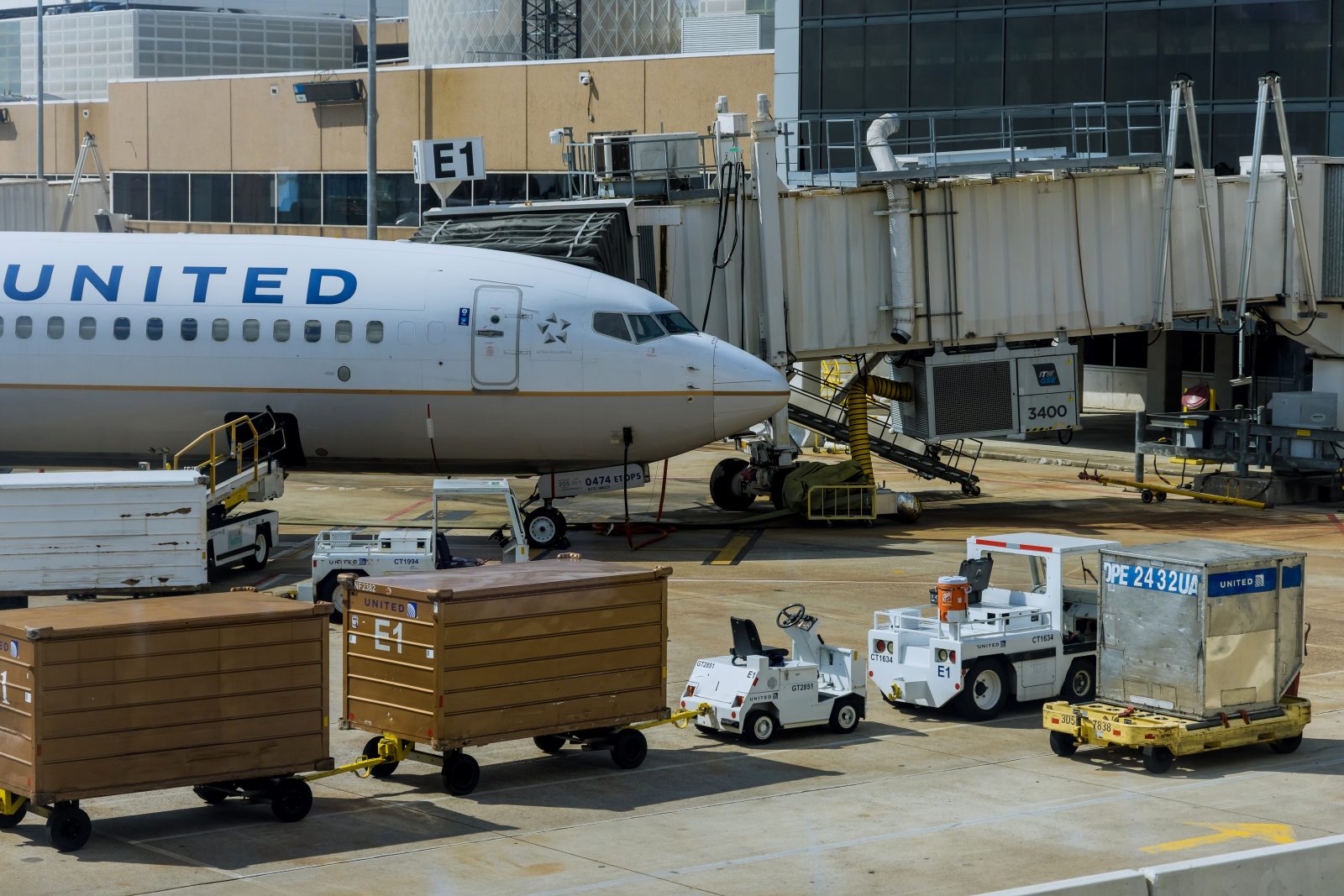
At some point, while traveling you’ve probably found yourself lining up in an airless jet bridge surrounded by fellow passengers waiting to board an airplane. It’s a pretty common occurrence but, just like you, United’s flight attendants also hate it and want it to stop.
Sometimes, the reason you’re waiting in a long queue is just that passengers ahead of you are taking a long time to settle into their seats – a particular problem with single-aisle aircraft when any hold up cascades onto the jet bridge within seconds.
But other times, the queue was created deliberately by gate agents to turn the jet bridge into a ‘staging area’ so that boarding can begin the very moment the aircraft has been cleaned and flight attendants have completed their legally mandated safety checks.
But as much as passengers hate the phenomenon that has come to be known as ‘boarding, not boarding’, airlines have increasingly adopted the tactic to shave precious seconds and minutes from the boarding process in an effort to increase their on-time performance scores.
The problem is, ‘boarding, not boarding’ is expressively forbidden at United Airlines and flight attendants would really like it to stop.
“It cannot be stressed enough, from an overall safety perspective, all processes for boarding should be accomplished to ensure the first customer will cross the threshold of the aircraft at the established boarding time without the need for our passengers, indeed some of our highest status passengers, to wait on the jet bridge for the cabin to become available,” the flight attendant union reminded its members recently.
For single-aisle aircraft, United says boarding should start between 35 to 40 minutes prior to departure depending on the type of aircraft. While on flights operated on a twin-aisle aircraft, boarding is scheduled to start 50 minutes prior to departure.
The only time that boarding should start any earlier is when factoring in the walk from the boarding gate to the aircraft door – by which point, flight attendants should be ready to accept the first passenger onto the aircraft without delay.
Unfortunately, the Association of Flight Attendants (AFA-CWA) says crew are coming under pressure to start boarding earlier than the published times.
“We understand that some stations are consistently pressuring Flight Attendants to begin boarding early,” the union said on Tuesday. “In some instances, it is being suggested that Flight Attendants who don’t agree to early boarding are, in some way, not team players.”
“Nothing could be further from the truth. As Flight Attendants, that we are taking the time to complete our safety checks, stow our luggage and preparing for the arrival of passengers is one of our strongest commitments to not only the on-time operation of our airline, but to the safety of the passengers in our care.”
Not that this is in any way limited to United Airlines. Flight attendants at American Airlines were recently reminded that they should stick to their contract and refuse to start passenger boarding before the agreed time.
Other airlines, however, don’t have such concerns and are happy to ‘board’ passengers onto jet bridges before the airplane and flight attendants are ready. It’s all part of the quest to meet on-time performance goals.
Mateusz Maszczynski honed his skills as an international flight attendant at the most prominent airline in the Middle East and has been flying ever since... most recently for a well known European airline. Matt is passionate about the aviation industry and has become an expert in passenger experience and human-centric stories. Always keeping an ear close to the ground, Matt's industry insights, analysis and news coverage is frequently relied upon by some of the biggest names in journalism.








I didn’t even know this was a problem! I’ve never had that issue with Southwest.
You’re right, it doesn’t happen very often and when it does it only affects the first group of passengers, usually the Premium members, First Class, Business Class, A List on Southwest……the guy needed a story to meet deadline.